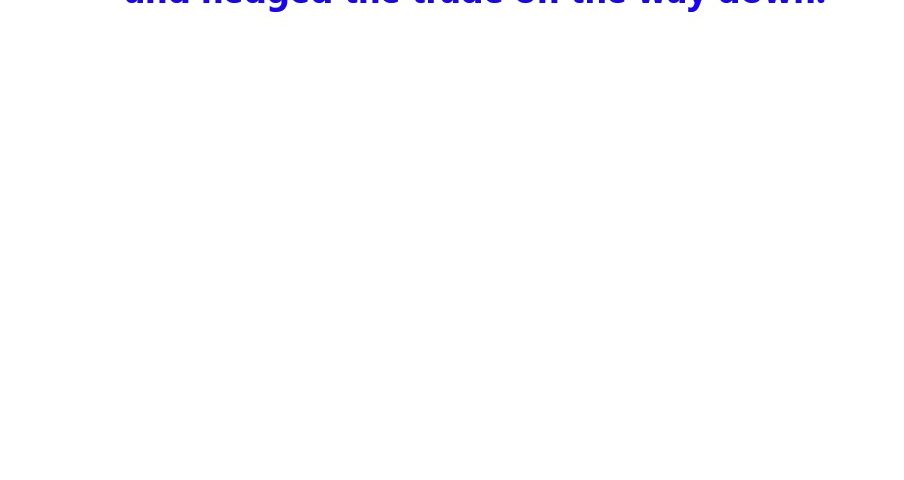We used a regular divergence as a possible sign of a trend reversal.
There are two types of regular divergences: bullish and bearish.
Regular Bullish Divergence
If the price is making lower lows (LL), but the oscillator is making higher lows (HL), we consider this to be a regular bullish divergence.
This normally occurs at the end of a DOWNTREND.
After establishing a second bottom, if the oscillator fails to make a new low, the price will likely rise, as price and momentum are normally expected to move in line with each other.
Below is an image that portrays a regular bullish divergence.
Regular Bearish Divergence
Now, if the price is making a higher high (HH), but the oscillator is a lower high (LH), then you have regular bearish divergence.
We can find this type of divergence in an UPTREND.
After the price makes that second high, if the oscillator makes a lower high, then you can probably expect the price to reverse and drop.
In the image below, we see that the price reverses after making the second top.
As you can see from the images above, the regular divergence is best used when trying to pick tops and bottoms.
You are looking for an area where the price will stop and reverse.
The oscillator signals to us that momentum is starting to shift and even though the price has made a higher high (or lower low), chances are that it won’t be sustained.
Now that you’ve got a hold on regular divergence, it’s time to move and learn about the second type of divergence….hidden divergence.
Don’t worry, it’s not super concealed like the Chamber of Secrets and it’s not that tough to spot.
The reason it’s called “hidden” is that it’s hiding inside the current trend.
We’ll explain more in tomorrow’s post.







